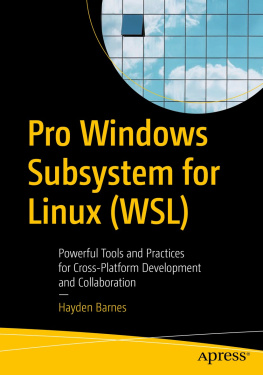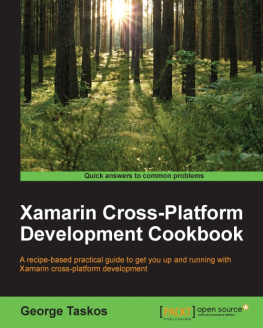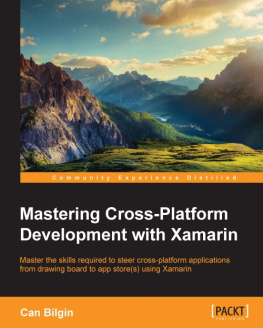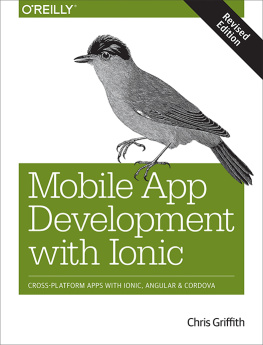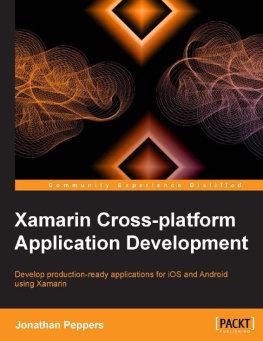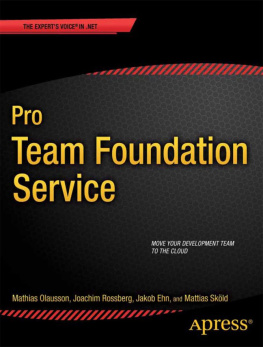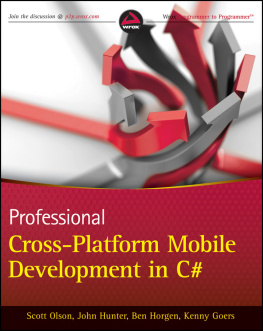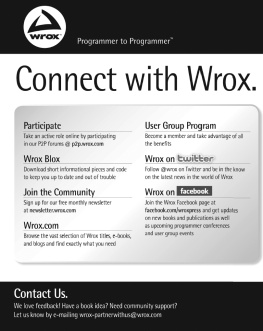Hayden Barnes - Powerful Tools and Practices for Cross-Platform Development and Collaboration
Here you can read online Hayden Barnes - Powerful Tools and Practices for Cross-Platform Development and Collaboration full text of the book (entire story) in english for free. Download pdf and epub, get meaning, cover and reviews about this ebook. year: 2021, publisher: Apress, genre: Computer. Description of the work, (preface) as well as reviews are available. Best literature library LitArk.com created for fans of good reading and offers a wide selection of genres:
Romance novel
Science fiction
Adventure
Detective
Science
History
Home and family
Prose
Art
Politics
Computer
Non-fiction
Religion
Business
Children
Humor
Choose a favorite category and find really read worthwhile books. Enjoy immersion in the world of imagination, feel the emotions of the characters or learn something new for yourself, make an fascinating discovery.
- Book:Powerful Tools and Practices for Cross-Platform Development and Collaboration
- Author:
- Publisher:Apress
- Genre:
- Year:2021
- Rating:4 / 5
- Favourites:Add to favourites
- Your mark:
- 80
- 1
- 2
- 3
- 4
- 5
Powerful Tools and Practices for Cross-Platform Development and Collaboration: summary, description and annotation
We offer to read an annotation, description, summary or preface (depends on what the author of the book "Powerful Tools and Practices for Cross-Platform Development and Collaboration" wrote himself). If you haven't found the necessary information about the book — write in the comments, we will try to find it.
Hayden Barnes: author's other books
Who wrote Powerful Tools and Practices for Cross-Platform Development and Collaboration? Find out the surname, the name of the author of the book and a list of all author's works by series.
Powerful Tools and Practices for Cross-Platform Development and Collaboration — read online for free the complete book (whole text) full work
Below is the text of the book, divided by pages. System saving the place of the last page read, allows you to conveniently read the book "Powerful Tools and Practices for Cross-Platform Development and Collaboration" online for free, without having to search again every time where you left off. Put a bookmark, and you can go to the page where you finished reading at any time.
Font size:
Interval:
Bookmark:


Any source code or other supplementary material referenced by the author in this book is available to readers on GitHub via the books product page, located at www.apress.com/9781484268728. For more detailed information, please visit http://www.apress.com/source-code.
This Apress imprint is published by the registered company APress Media, LLC part of Springer Nature.
The registered company address is: 1 New York Plaza, New York, NY 10004, U.S.A.
This book is dedicated to the Windows Subsystem for Linux community.
Connecting to popular Integrated Development Environments
Building a custom Linux kernel for WSL 2
Building a derivative Linux distro with your own packages
Automating emails in Outlook from a bash script in WSL
It will also cover advanced settings, customization, and optimizations for both WSL and WSL 2, from the command line to the Registry. This will include each configuration option in wsl.conf and .wslconfig and recommendations for best performance.
First, we will cover the early development of WSL.
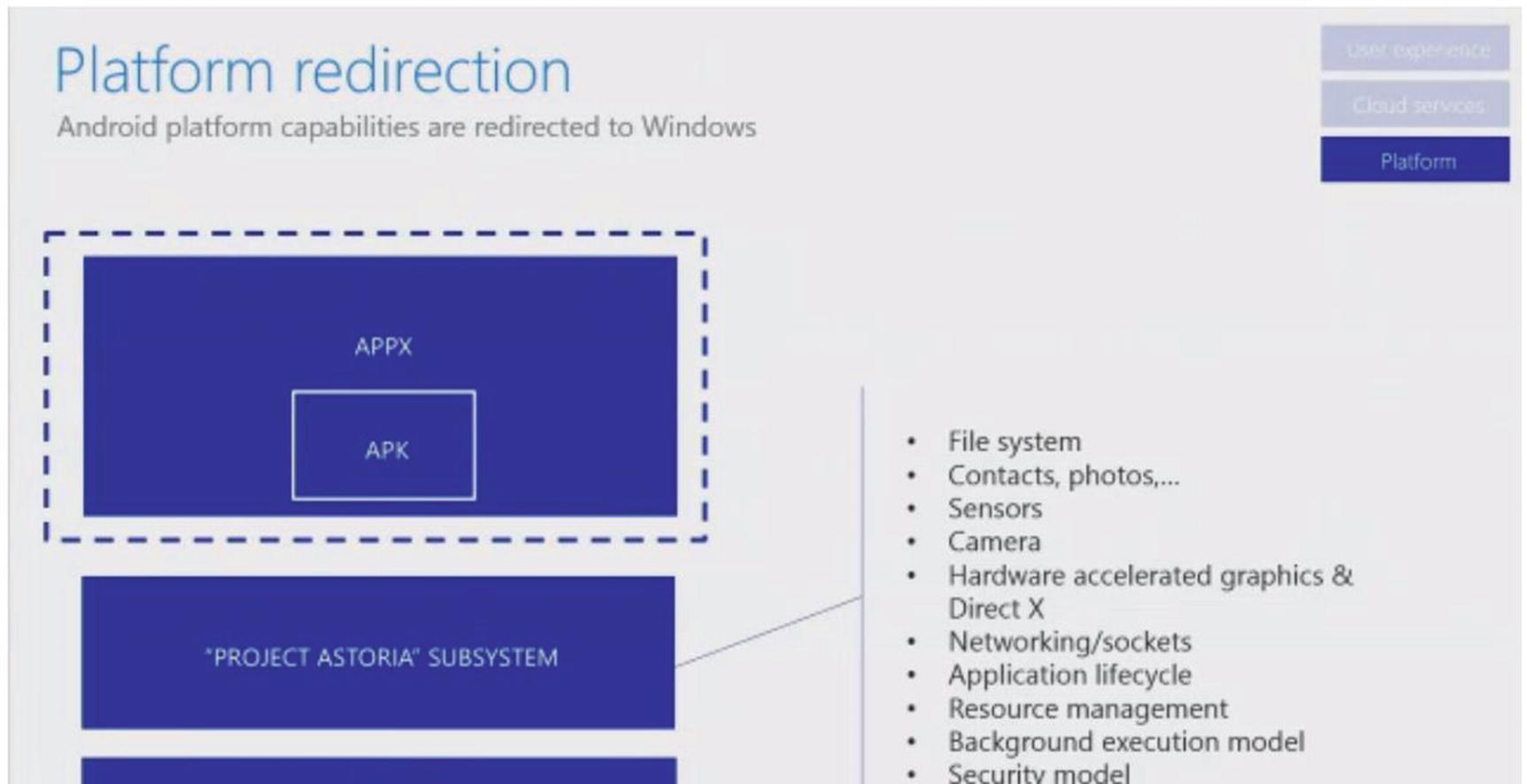
Screenshot of original presentation on Project Astoria, 2015. Source: https://channel9.msdn.com/Events/Build/2015/2-702
Project Astoria built on virtualization concepts from a Microsoft Research project known as Project Drawbridge. Project Drawbridge was a prototype of a new form of virtualization for application sandboxing based on pico processes. Project Drawbridge included a version of Windows built to run inside pico processes. In Project Astoria, the pico process environment was modified to run Linux-based Android applications.
A single build of Windows 10 Phone was leaked from Microsoft containing Project Astoria. This build allowed rudimentary Android applications to be sideloaded and run on Windows Phone devices. Project Astoria was never officially released and was terminated by Microsoft along with Windows Phone in 2017. The underlying technology in Project Astoria survived though. After all, Android is based on Linux.
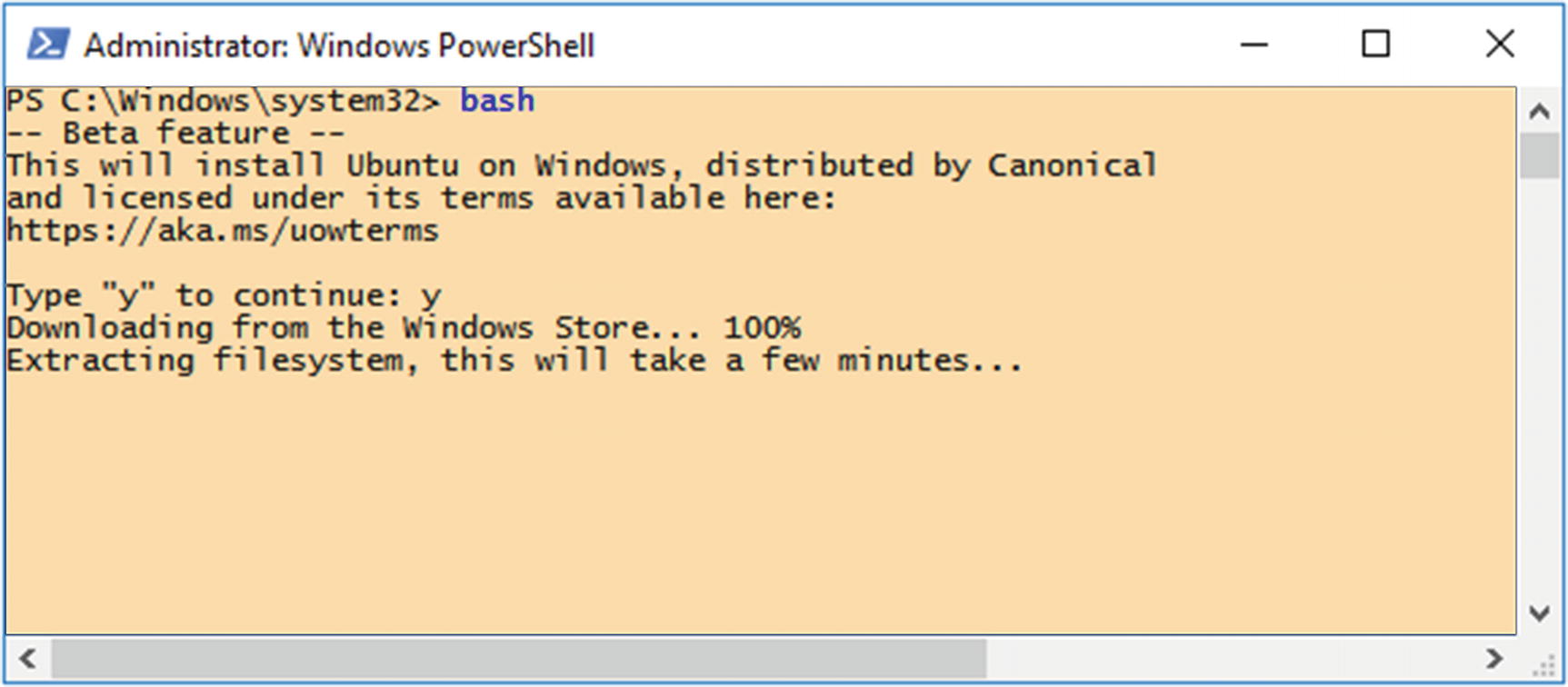
Screenshot of Bash on Ubuntu on Windows
Microsoft partnered with Canonical, the publishers of Ubuntu, to bring this first version of WSL to Windows. Bash on Ubuntu on Windows shipped in Windows 10 Anniversary Update, also known as Windows 10 1607. The partnership between Microsoft and Canonical was a milestone in Microsofts increasing adoption of Linux and open source software.
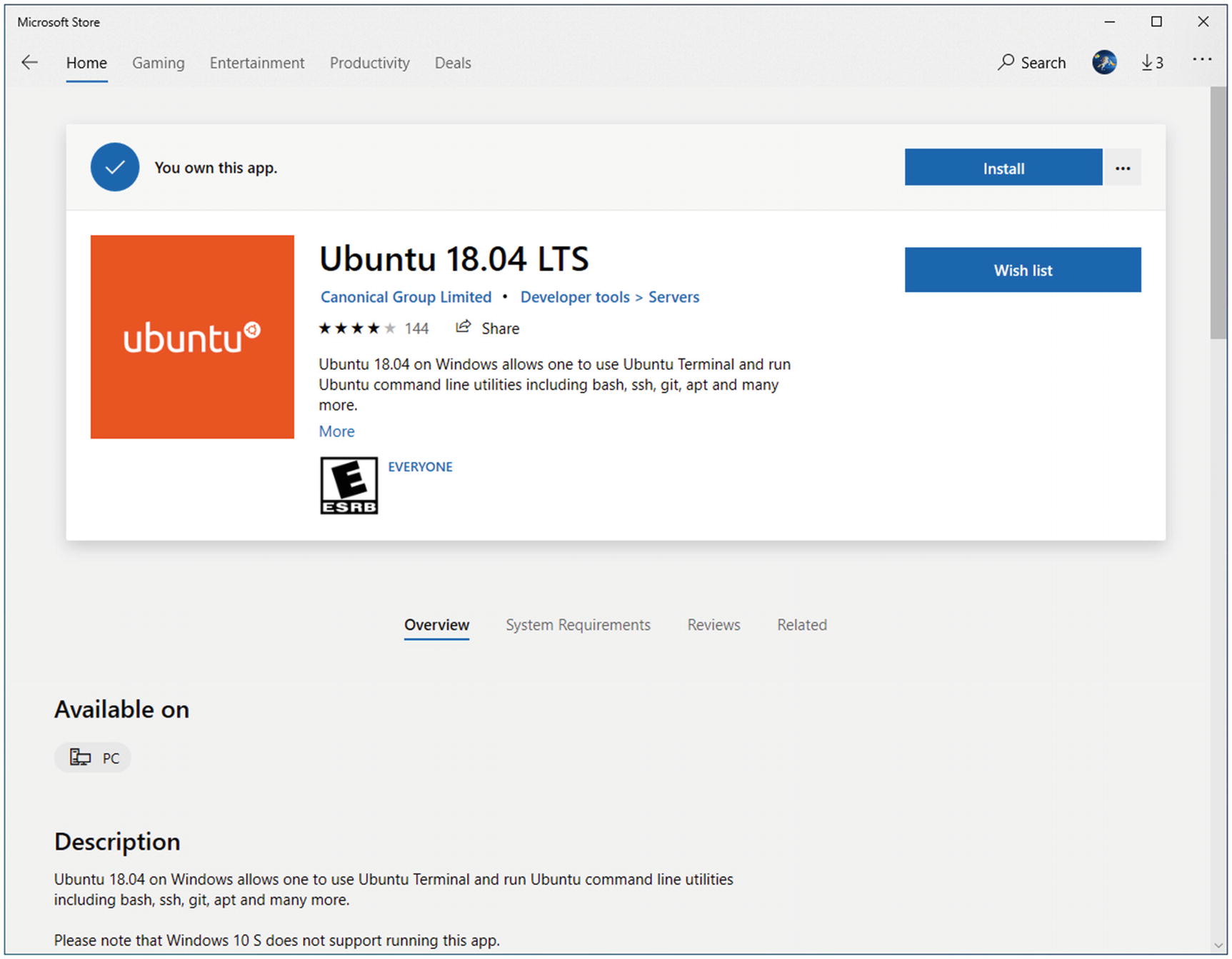
Ubuntu 18.04 LTS on the Microsoft Store
Some people wonder why Windows Subsystem for Linux is so awkwardly named. From a historical perspective, Windows Subsystem for Linux matches the naming structure of Windows Services for UNIX, the previous POSIX compatibility layer for Windows NT. According to Rich Turner, Senior Program Manager at Microsoft, it was trademark concerns that prevented Microsoft from starting the product name with Linux. At the time, WSL did not contain the Linux kernel like it would with WSL 2. We ended up with Windows Subsystem for Linux, which you can think about as a subsystem of Windows to run Linux.
WSL 2 was announced at Microsoft Build 2019 and reached general availability in Windows 10 2004. The core of WSL 2 was not a binary translation layer like WSL 1 but a full Linux kernel and environment running in a lightweight Hyper-V container . Unlike traditional Hyper-V, which is limited to Windows 10 Enterprise, Professional, Education, and Server, WSL 2 is available for all Windows 10 editions, including Windows 10 Home. WSL 2 offered significant improvements in application compatibility and performance over WSL 1. WSL 2 enabled several highly requested features to be brought to WSL, including GPU acceleration, official GUI support, and nested virtualization for KVM guests.
Font size:
Interval:
Bookmark:
Similar books «Powerful Tools and Practices for Cross-Platform Development and Collaboration»
Look at similar books to Powerful Tools and Practices for Cross-Platform Development and Collaboration. We have selected literature similar in name and meaning in the hope of providing readers with more options to find new, interesting, not yet read works.
Discussion, reviews of the book Powerful Tools and Practices for Cross-Platform Development and Collaboration and just readers' own opinions. Leave your comments, write what you think about the work, its meaning or the main characters. Specify what exactly you liked and what you didn't like, and why you think so.

